Double valve surgery is described as a surgical procedure where two heart valves are repaired or replaced during the same operation. The heart has four valves—two atrioventricular valves (mitral and tricuspid) and two semilunar valves (aortic and pulmonary). These valves play a crucial role in ensuring blood flows in the correct direction through the heart. The heart valves play a crucial role in allowing nutrient-rich blood to flow through the heart's chambers. Ideally, each valve should close completely after guiding blood flow. However, when heart valves are diseased, they may not function properly.
Double valve surgery becomes necessary when both the aortic and mitral valves or both the mitral and tricuspid valves are affected by disease or dysfunction. The reasons for double valve surgery include:
Stenosis, which is the narrowing of blood vessels, reduces the normal blood flow to the heart, making the muscle work harder. Leaky valves, known as regurgitation, occur when a valve doesn't close tightly, allowing blood to flow backward. This can lead to symptoms of valvular heart disease, including fatigue, dizziness, lightheadedness, shortness of breath, cyanosis, chest pain, and fluid retention, especially in the lower limbs.
Heart valve repair is an option for treating valvular heart disease, but in some cases where the damage is severe, a total replacement of the affected valve may be the only solution.
Mechanical Valves: These are artificial components made from materials like carbon and polyester, well-tolerated by the human body. They serve the same purpose as natural heart valves and have a lifespan of 10 to 20 years. However, a drawback is the risk of blood clots. If you get a mechanical heart valve, you'll need to take blood thinners for life to reduce the risk of stroke.
Biologic Valves (Bioprosthetic Valves): These valves are crafted from human or animal tissue. There are three types:
Some of the symptoms of valvular heart disease include the following:
Before undergoing heart double valve surgery, various diagnostic tests are typically performed to assess the condition of the heart and determine the necessity and feasibility of the surgery These tests performed may vary depending on the individual patient's health, medical history, and the recommendations of the healthcare team. These tests help the medical team gather crucial information about the structure and function of the heart valves, as well as overall cardiovascular health. Some common diagnostic tests include:
Heart double-valve replacement surgery is conducted under general anesthesia, using either conventional or minimally invasive techniques. In conventional surgery, a sizable incision is made from your neck to your navel. Opting for less invasive surgery can result in a shorter incision, reducing the risk of infection.
To replace a diseased valve successfully, the surgeon requires your heart to be still. This involves placing you on a bypass machine, ensuring blood circulation and lung function during the procedure. Incisions are made into your aorta through which the faulty valves are removed and replaced with new ones. While valve replacement surgery is generally safe, there is a nearly 2 percent risk of mortality associated with the procedure.
Post-surgery, the patient is shifted to the ICU for close monitoring for several days. Blood pressure, ECG tracing, breathing rate, and oxygen levels are closely studied. You may require staying in the hospital for several days after heart valve replacement surgery. With the help of the ventilator, breathing is assisted via a tube inserted in the throat. The breathing machine will be further adjusted as the patient keeps growing stable and once the patient can breathe and cough on their own, the tube is removed.
Along with this, the stomach tube is also removed. Every two hours, a nurse would help the patient take deep breaths and cough. This feels sore but is vital to prevent the accumulation of mucus in the lungs and prevent pneumonia. The patient is taught to hug a pillow tightly while coughing to ease out any discomfort. The patient must express discomfort felt at coughing and medications are suggested accordingly. Slowly fluid intake is initiated and you can gradually increase your daily activities such as walking around the room. After a few days, the patient is shifted to the recovery room where the rest of the recovery takes place before discharge.
You can notify your doctor if you feel swelling and redness around the incision area, fevers, chills, or pain in the area of the incision. You should rest and keep the surgical area as clean as possible at home.
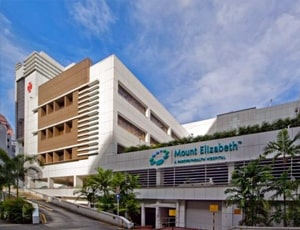
Singapore, Singapore
Mount Elizabeth Hospital is a multispecialty healthcare facility operated by Parkway Health. The hos...more
![]() Private Driver / Limousine Services
Private Driver / Limousine Services
![]() International Cuisine
International Cuisine
![]() Phone in Room
Phone in Room
![]() Online Doctor Consultation
Online Doctor Consultation
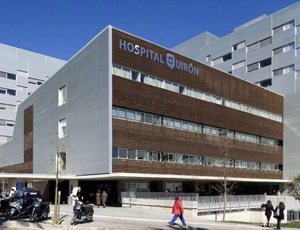
Barcelona, Spain
Quironsalud Barcelona Hospital is built at a very convenient location in Barcelona. The hospital is ...more
![]() Airport Transfer
Airport Transfer
![]() Choice of Meals
Choice of Meals
![]() Interpreter
Interpreter
![]() SIM
SIM
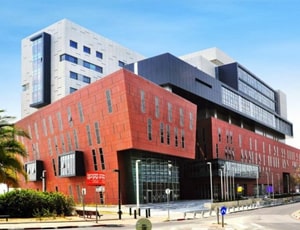
Tel Aviv, Israel
Assuta Medical Center is a leading private hospital in the capital city of Tel Aviv in Israel. Assut...more
![]() Airport Transfer
Airport Transfer
![]() Choice of Meals
Choice of Meals
![]() Interpreter
Interpreter
![]() TV inside room
TV inside room
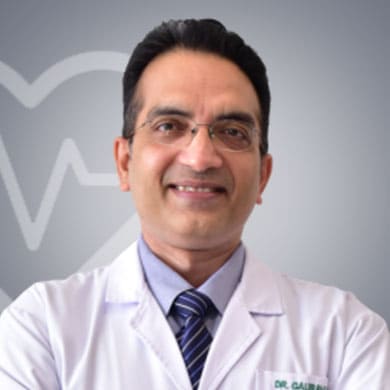
Cardiac Surgeon
Delhi, India
23 Years of experience
USD 32 for video consultation
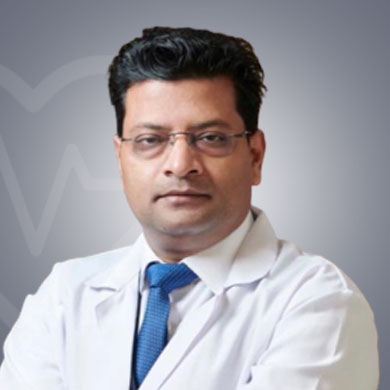
Cardiothoracic and Vascular Surgeon
Faridabad, India
18 of experience
USD 48 for video consultation

Cardiac Surgeon
Kolkata, India
5 of experience
USD 36 for video consultation
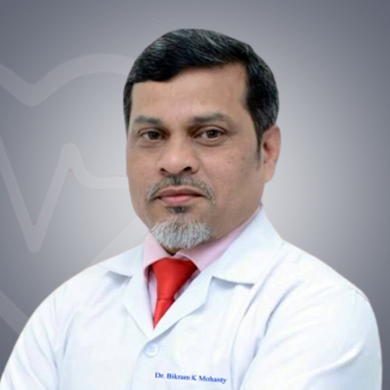
Cardio Thoracic & Vascular Surgeon
Delhi, India
27 Years of experience
USD 42 for video consultation
Q. How long will the heart valve surgery last?
A. Mechanical valves last for 25 years in some patients without problems. It is possible that a new artificial valve could last for the rest of the life. But in some situations, mechanical valves require replacement within months or a few years.
Q. Does the valve replacement require special care to prevent infection?
A. The doctor may prescribe certain antibiotics to fight infections.
Q. Is it safe to have an X-ray after heart valve replacement?
A. All types of heart valve replacements are safe with X-ray examination.
Q. Is it safe to have magnetic resonance imaging after heart valve replacement?
A. Usually, the valves are found to be safe during magnetic resonance imaging. The physician must be contacted before performing the test.
Q. What is the advantage of a tissue valve over a mechanical valve?
A. The tissue valve does not require blood thinning medications whereas mechanical valves require the patients to take blood thinning medications for the rest of their lives.
Q. What are the risks associated with double valve replacement surgery?
A. Some of the risks associated with double valve replacement surgery include bleeding during and after surgery, pneumonia, and the formation of blood clots that can cause heart attacks